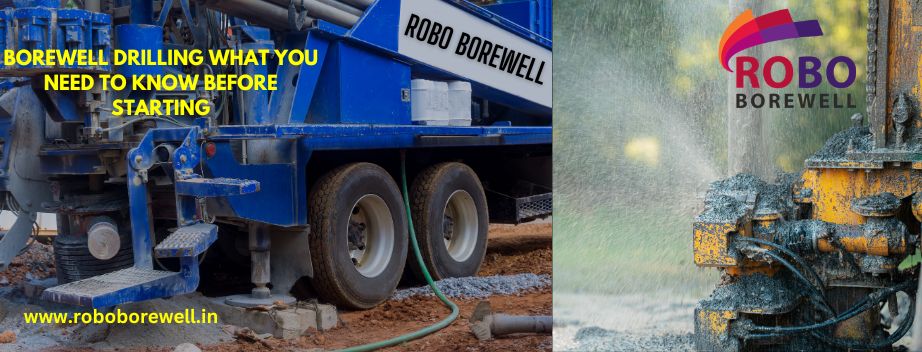
Top Borewell Drilling Experts in Bangalore
Borewell drilling, often referred to as water well drilling, is a crucial process for extracting groundwater in areas where surface water is insufficient or unavailable. Whether you’re a landowner planning to irrigate your fields, a real estate developer ensuring reliable water supply for your housing projects, or simply a homeowner seeking an independent water source, borewell drilling can be a game-changer. However, before embarking on this journey, there are several important factors you must understand to make informed decisions.
What is Borewell Drilling?
Borewell drilling is a technique that involves drilling deep into the ground to access aquifers—underground layers of water-bearing rock. These borewells can be used to extract groundwater for various purposes, including drinking, irrigation, and industrial use. Borewell drilling is a solution for areas facing water shortages or where surface water bodies like rivers, lakes, or reservoirs are scarce or polluted.
The Importance of Borewell Drilling
Water is a basic necessity, and in places where municipal water supplies are unreliable, having a borewell can provide a sustainable solution. Borewells are especially common in rural areas, farms, industrial sites, and even urban locations with growing populations. Groundwater is often cleaner than surface water, reducing the need for extensive treatment processes. Additionally, borewell water ensures self-reliance and reduces dependency on external water supply systems, which may be prone to shortages.
Factors to Consider Before Borewell Drilling
Before you start drilling a borewell, several considerations need to be addressed to ensure the long-term success and sustainability of the borewell:
1. Site Feasibility and Hydrogeological Survey
One of the first steps in borewell drilling is determining the feasibility of the site. A hydrogeological survey is conducted by geologists to evaluate the subsurface conditions, including the presence of aquifers, soil composition, and rock formations. This survey helps identify potential drilling locations with a higher likelihood of accessing water. A thorough understanding of the terrain helps avoid unnecessary drilling costs and ensures you strike water.
2. Water Table and Seasonal Fluctuations
Understanding the depth of the water table is vital. The water table varies depending on the time of year, weather conditions, and geographical location. Seasonal fluctuations can affect the reliability of borewell water, especially in dry periods. Drilling deeper into the ground may be necessary to access more consistent water sources, but this can also drive up the cost.
3. Permits and Legal Requirements
In many regions, borewell drilling requires permissions from local authorities or environmental agencies. Groundwater extraction is often regulated to prevent over-exploitation, which could lead to a drop in the water table, land subsidence, or water contamination. It’s essential to understand the legal framework surrounding groundwater usage in your area, as failure to comply with regulations can result in fines or borewell closures.
4. Borewell Depth
The depth of the borewell will depend on various factors, such as the location, the hydrogeological survey results, and the water table depth. In some areas, borewells may need to be drilled as deep as 200-1000 feet. Drilling deeper generally provides more reliable access to water but also increases the drilling costs and equipment needed.
5. Drilling Techniques
There are several borewell drilling techniques available, each suited to different conditions:
Rotary Drilling: This is one of the most common techniques used for drilling deep borewells. A rotating drill bit cuts through the soil and rock to reach the water-bearing strata.
Percussion Drilling: In this technique, a heavy bit is dropped repeatedly to break up the ground. It is effective in rocky areas but tends to be slower and more expensive than rotary drilling.
Auger Drilling: Auger drilling uses a helical screw to drill into soft or loose soils. This method is best suited for shallow wells or areas with soft ground.
Each technique has its advantages and disadvantages, so it’s important to consult with experienced borewell contractors who can recommend the best approach based on the terrain and depth requirements.
The Process of Borewell Drilling
Once all the preliminary planning is done, borewell drilling can commence. Below is an overview of the borewell drilling process:
1. Site Selection and Marking
After the hydrogeological survey, the best location for the borewell is selected and marked. Factors such as proximity to water-using facilities, ease of access for drilling equipment, and local topography are considered.
2. Drilling the Borehole
Drilling begins with specialized equipment, depending on the chosen drilling technique. The drilling process can take a few hours to several days, depending on the depth and type of ground being drilled.
3. Casing Installation
Once the borewell is drilled, a casing (a long pipe) is installed to line the hole and prevent it from collapsing. The casing also protects the borewell from contamination by surface water and soil.
4. Well Development
After the casing is installed, the well is developed to maximize water flow. This involves removing any fine particles from the well and encouraging water flow into the borehole. The development phase can include techniques like airlifting, surging, or using chemicals to dissolve blockages.
5. Pump Installation
Once the well is developed and water is confirmed, a submersible pump is installed to draw water from the borewell. The pump’s size and capacity depend on the depth of the borewell and the intended water usage.
6. Testing the Borewell
Before the borewell is ready for use, water testing is crucial. This includes testing the water quality for drinking or irrigation purposes and determining the flow rate of the borewell. The flow rate helps assess the sustainability of water extraction and ensures the borewell can meet your water needs.
Costs Involved in Borewell Drilling
Borewell drilling costs can vary significantly based on location, depth, and geological conditions. Below are some of the major factors that influence the cost:
Depth of the Borewell: Deeper borewells require more drilling time and equipment, which increases costs. Drilling a shallow borewell may cost between $1,000 and $5,000, while deeper borewells can range from $10,000 to $50,000, depending on the complexity of the project.
Drilling Technique: Percussion drilling is typically more expensive than rotary drilling due to the slower drilling speed and the need for specialized equipment.
Casing Material: The type of casing material used (PVC, steel, or iron) will also affect the cost. Steel casings are generally more durable but costlier than PVC.
Pump Installation: A good-quality submersible pump is an essential investment for ensuring consistent water extraction. The cost of pumps varies depending on the capacity and brand.
Site-Specific Challenges: Rocky terrains, deep water tables, and difficult-to-reach locations will increase the cost of borewell drilling due to the additional time and labor required.
Maintenance of Borewells
Like any other structure, borewells require regular maintenance to ensure their long-term functionality and water quality. Some essential maintenance tasks include:
Regular Water Testing: Periodically testing the water for contaminants, such as nitrates, heavy metals, or bacteria, is essential, especially if the borewell supplies drinking water.
Pump Maintenance: Submersible pumps should be inspected regularly for wear and tear. Ensuring proper pump function helps avoid breakdowns and interruptions in water supply.
Flushing the Borewell: Over time, sediments may accumulate at the bottom of the borewell, reducing its efficiency. Flushing the borewell can help clear these sediments and improve water flow.
Sealing the Borewell Properly: Ensuring that the borewell is properly sealed with a cap prevents contamination from debris, insects, or surface water.
Environmental Considerations
While borewell drilling can provide a reliable water source, it is essential to consider the environmental impact. Over-extraction of groundwater can lead to depletion of the water table, land subsidence, and ecological imbalances. It’s important to use borewells responsibly by:
Avoiding Overuse: Only extract as much water as necessary, and avoid wasteful practices that can deplete local water resources.
Recharging Groundwater: Implementing rainwater harvesting techniques can help recharge the aquifers and maintain sustainable groundwater levels.
Conclusion
Borewell drilling is a vital solution for accessing groundwater in areas with unreliable water supplies. However, before starting the process, thorough planning, hydrogeological surveys, legal compliance, and understanding the costs and techniques involved are essential for a successful project. By taking the time to understand these key factors, you can ensure a reliable, sustainable water source that meets your needs without negatively impacting the environment.
If you're considering water well drilling, it’s best to consult with experts in the field who can guide you through the complexities of the process and help you make informed decisions.
FAQ’s
1. What is borewell drilling?
Borewell drilling is the process of drilling into the ground to access underground water sources (aquifers) for various uses, such as drinking, irrigation, or industrial purposes.
2. How deep should a borewell be?
The depth of a borewell depends on the local geology and water table, typically ranging from 200 to 1000 feet. Deeper wells generally provide more reliable water access.
3. What permits are needed for borewell drilling?
In many regions, you’ll need permits from local authorities or environmental agencies to legally drill and extract groundwater. Regulations vary by location.
4. What factors affect the cost of borewell drilling?
Costs depend on factors like depth, drilling technique, casing material, site conditions, and pump installation. Deeper and more complex projects tend to be more expensive.
5. How can I maintain a borewell?
Regular maintenance includes water testing, pump inspections, flushing sediments, and ensuring the borewell is sealed properly to prevent contamination





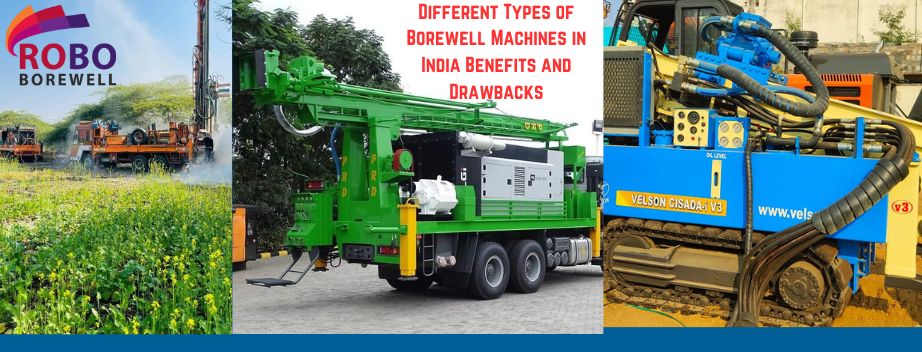
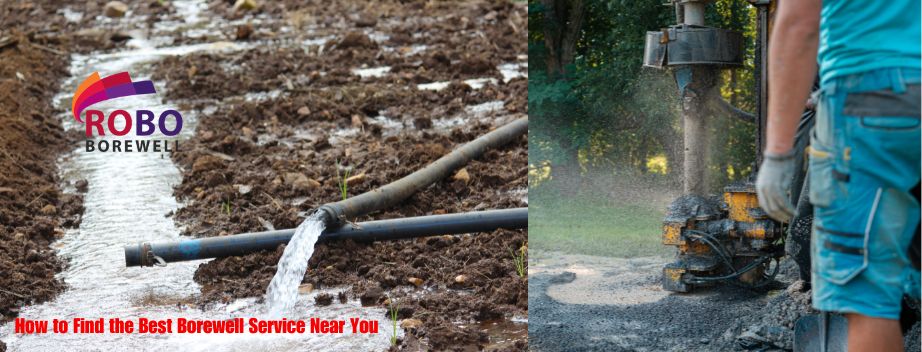
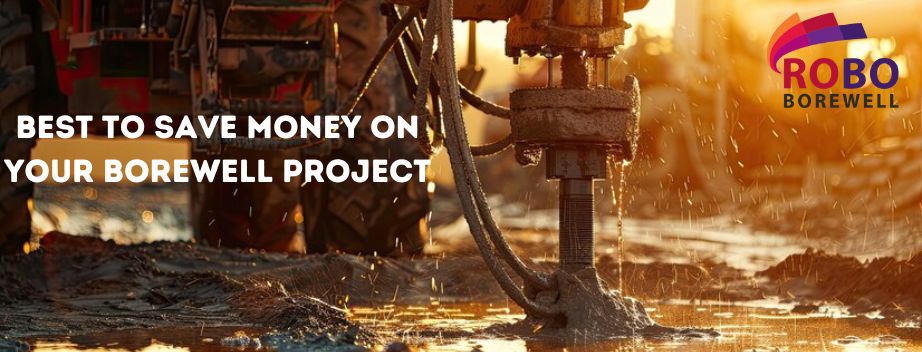

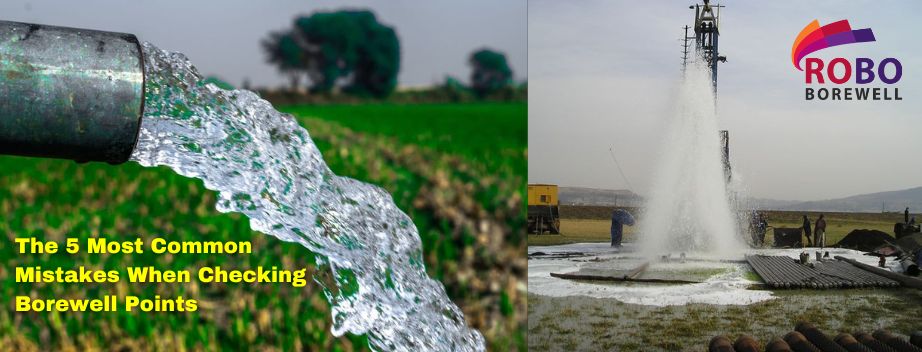
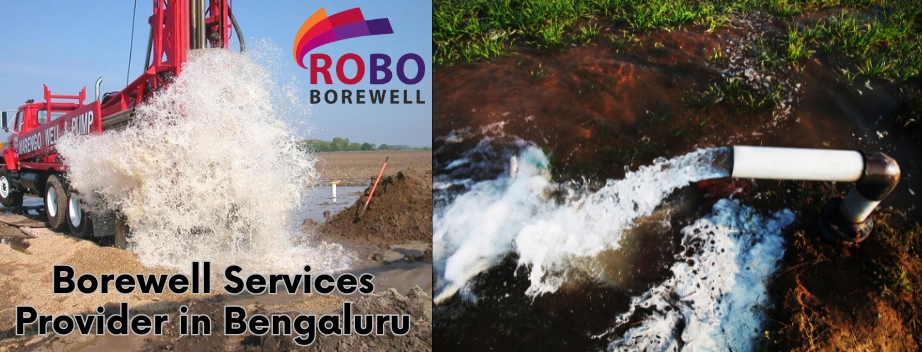
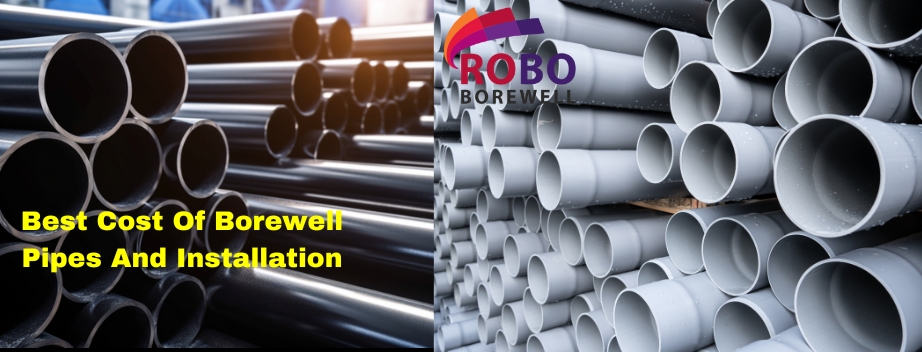
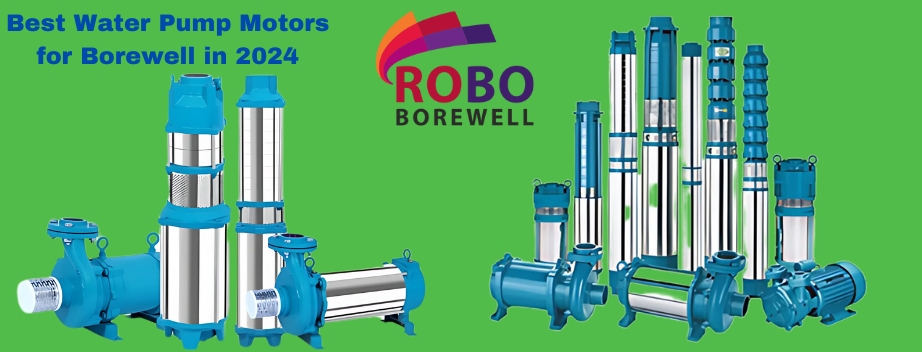
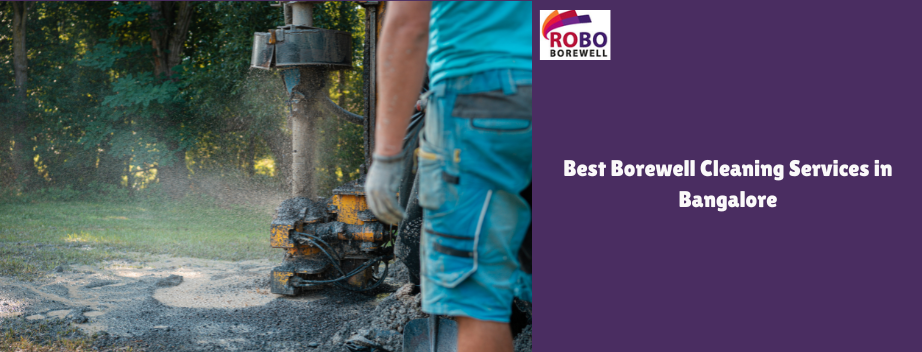


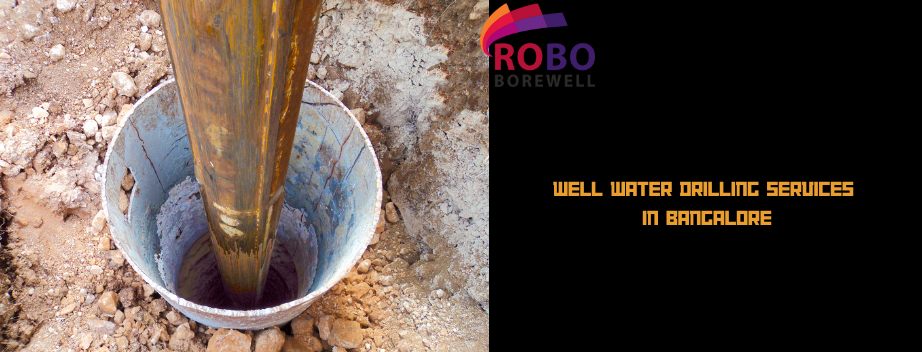
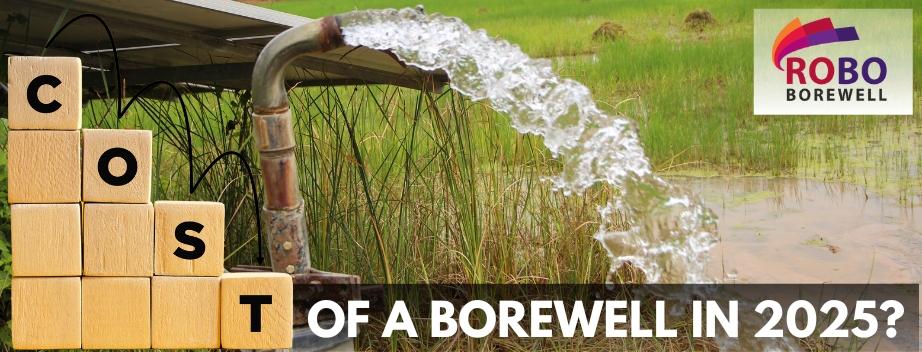

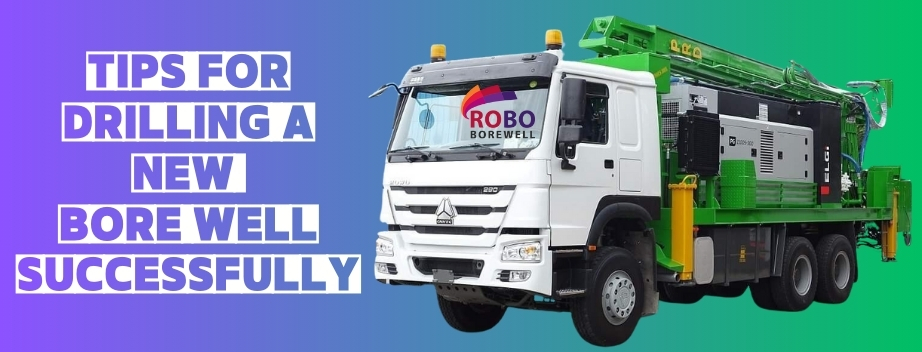
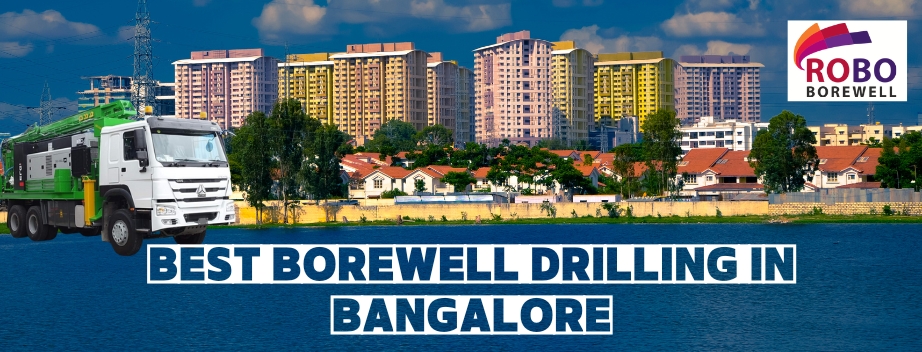
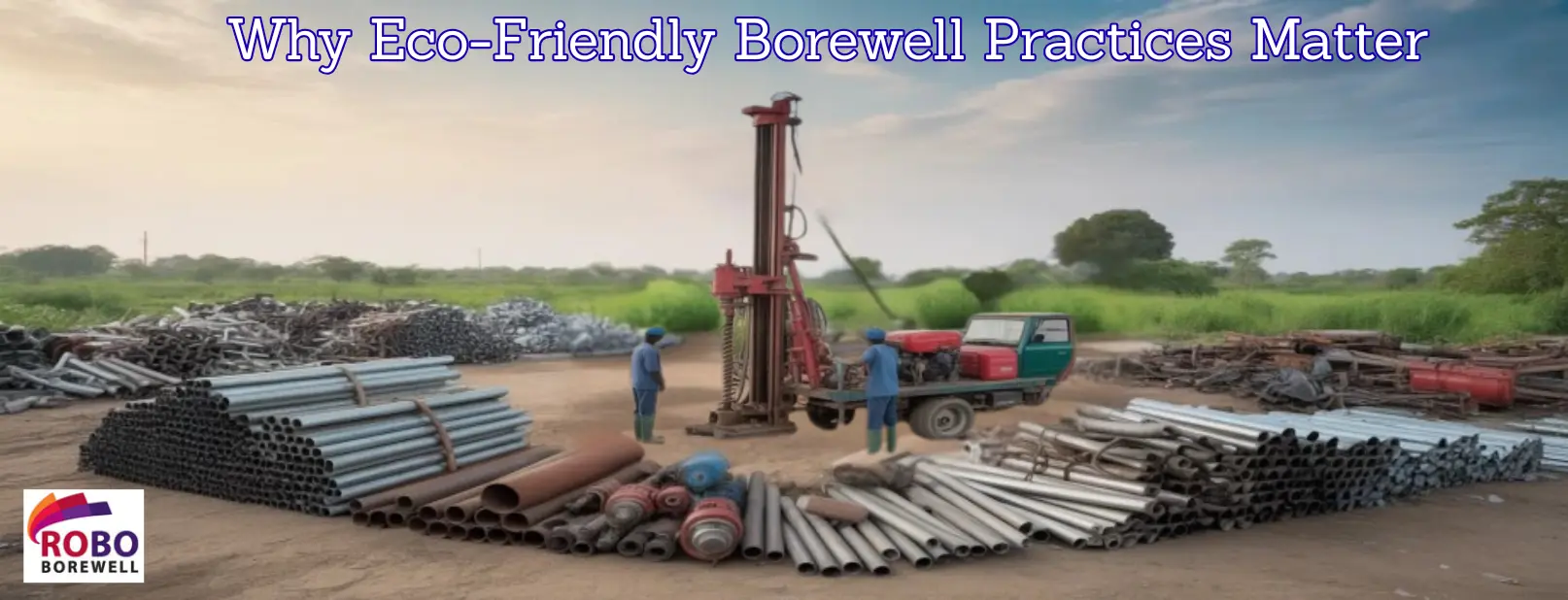
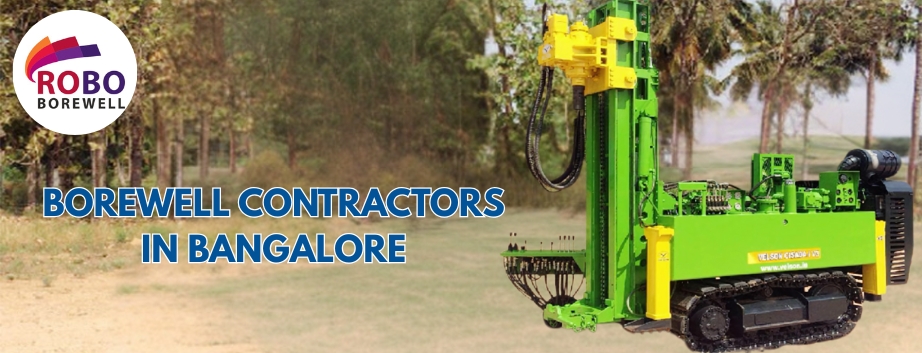
Add a comment